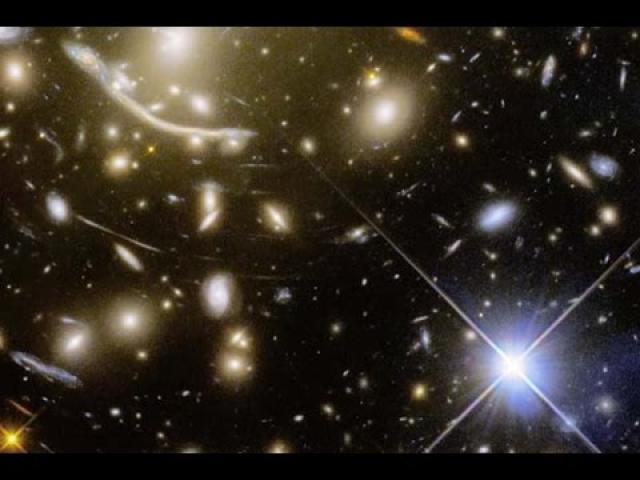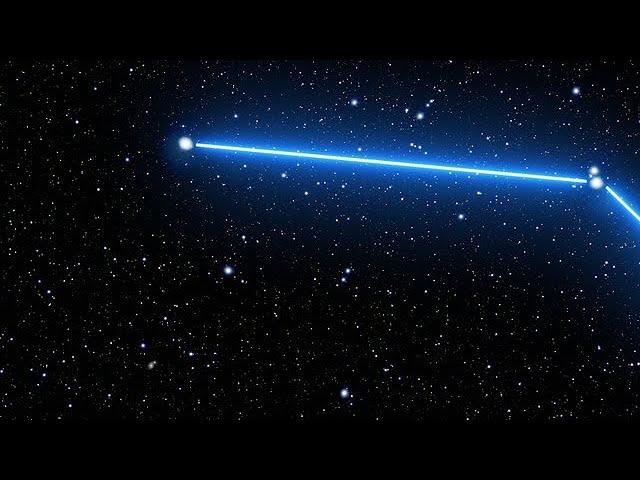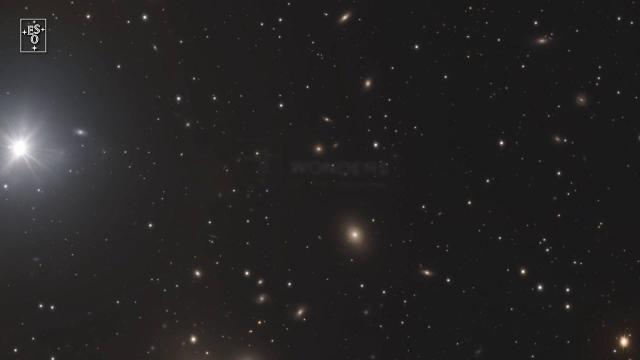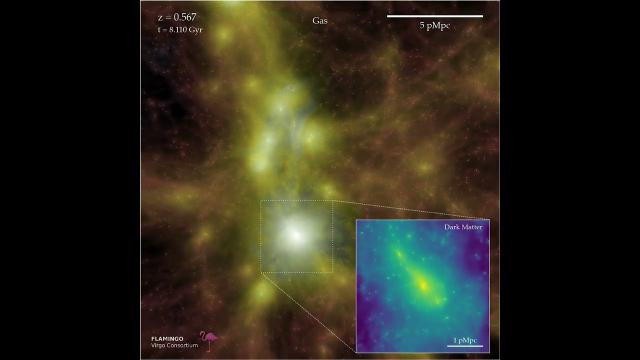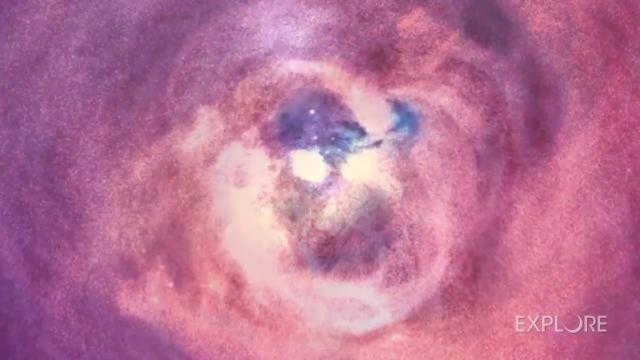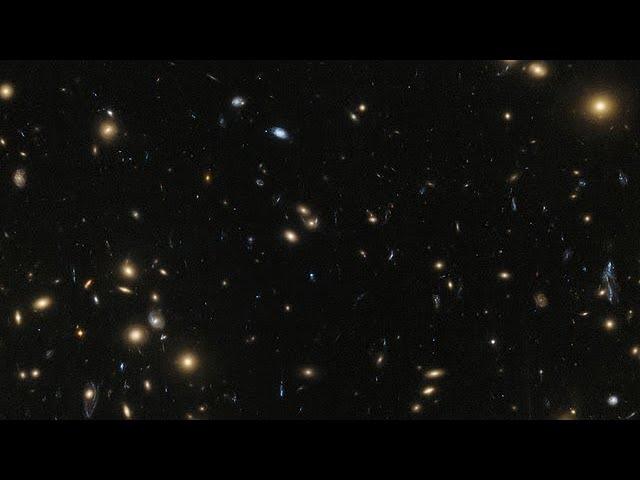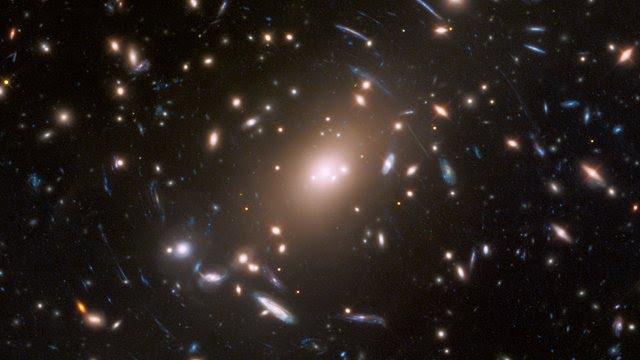Pan of galaxy cluster SDSS J1226+2152
Description
The vast galaxy cluster SDSS J1226+2152 in the constellation Coma Berenices is distorting the images of distant background galaxies into streaks and smears of light in this image from the NASA/ESA/CSA James Webb Space Telescope. This is a spectacular example of gravitational lensing, a phenomenon which occurs when a massive celestial object such as a galaxy cluster deforms spacetime and causes the path of light from more distant galaxies to be deflected, almost as if a monumental lens was redirecting it. This image is from a set of early science observations with Webb.
One of the most notable lensed galaxies in this rich field is named SGAS J12265.3+215220. In this image, it's the innermost lensed galaxy, just above and to the right of the central galaxy. This lies far beyond the foreground cluster in distance, giving us a view into the galaxy roughly two billion years after the big bang. Astronomers are now using this eagerly-awaited hoard of bright, gravitationally-lensed galaxies from Webb to explore star formation in distant galaxies.
Just like their optical namesakes, gravitational lenses can magnify as well as distort distant galaxies. This allows astronomers to observe the finer details of galaxies that would usually be too distant to clearly resolve. In the case of SGAS J122651.3+215220, the combination of gravitational lensing and Webb’s unprecedented observational capabilities will allow astronomers to measure where, and how fast, stars are forming and also to gain an insight into the environments which support star formation in lensed galaxies.
Amid this spectacular display of gravitational lensing, a menagerie of spiral and elliptical galaxies in all shapes and sizes surround the galaxy cluster. Webb’s sensitive infrared instruments have proven prodigious in picking out distant galaxies from the darkness of space. None of the tiny pinpricks in the patch of sky captured here is a star: each one is a galaxy. The variety of colours of the small, dim galaxies gives us hints at what we are seeing: many of the paler white galaxies will date back to the period of intense star formation known as cosmic noon, some two to three billion years after the big bang, while the few small orange and red systems are probably from even earlier in the Universe's history.
More information and download options: http://esawebb.org/videos/potm2312a/
Credit:
ESA/Webb, NASA & CSA, J. Rigby and the JWST TEMPLATES team, N. Bartmann (ESA/Webb)
Music: Stellardrone - Twilight

